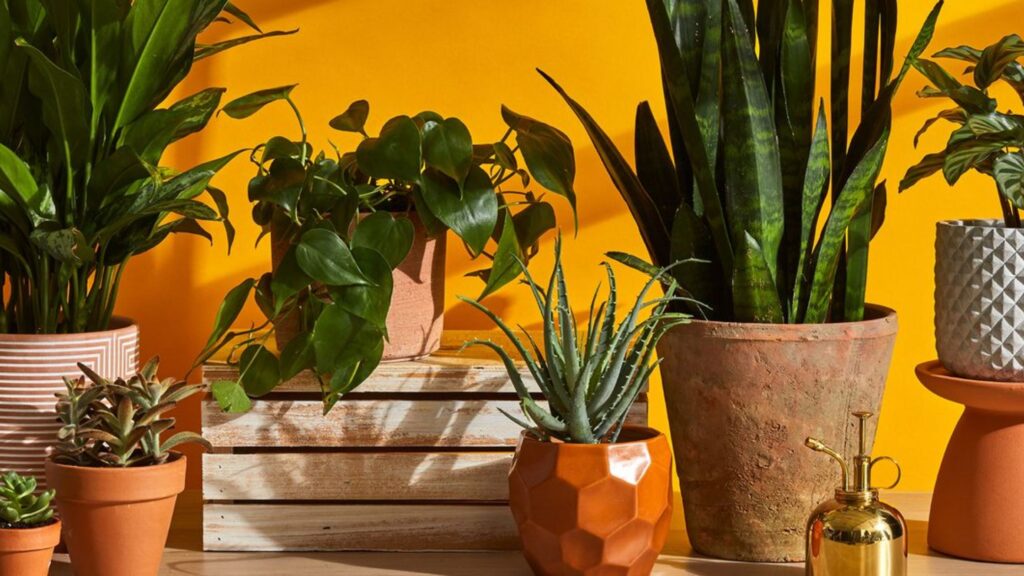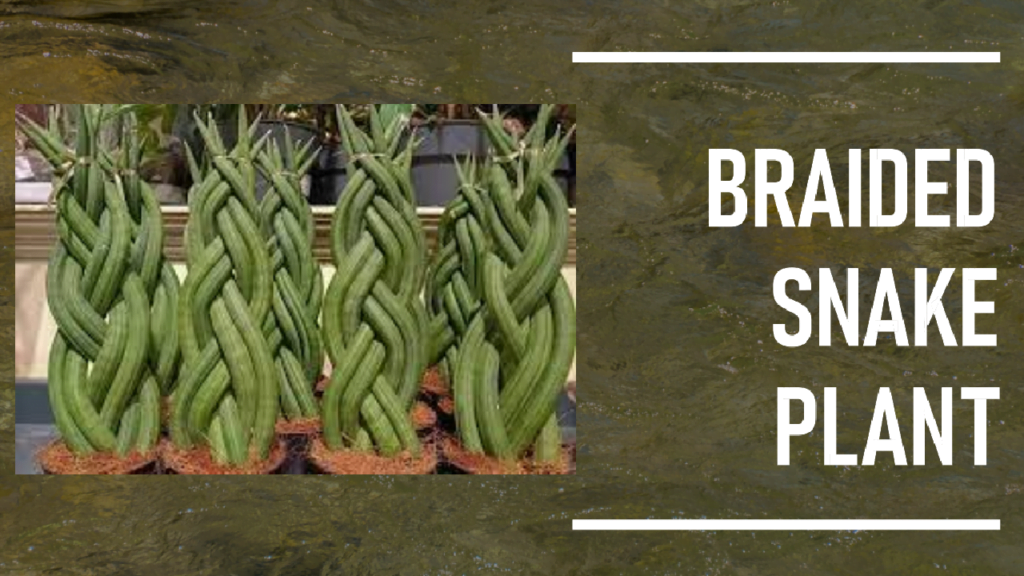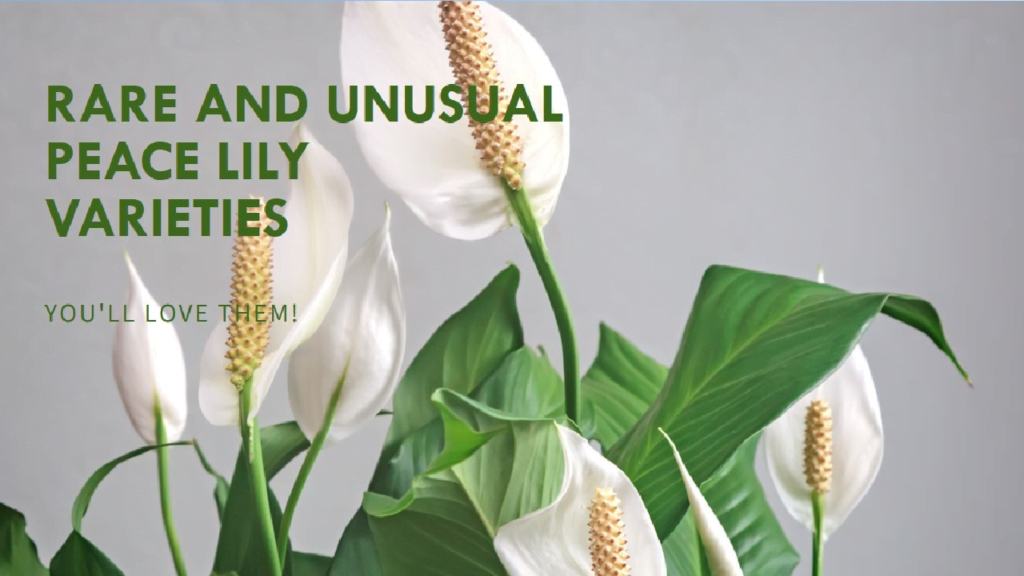As a restaurant owner, you probably have a lot on your plate already, so you may not be motivated to spend money on garnishments and décor. However, you’re in good hands with us. In this article, I will tell you about three indoor-friendly herbs and seven decorative plants for restaurants that are low-maintenance and aesthetically pleasing.
There is no doubt that adding indoor plants to a restaurant will immediately improve its aesthetic appearance and attract more customers.
As an alternative to growing plants for restaurants, you can plant fresh herbs. Your meals will become more delicious with the herb plants. Also, don’t forget how beneficial these leafy little buddies are for the environment as well.
Furthermore, some of the best plants for restaurants can remove hazardous compounds from the air. Our indoor air contains hazardous compounds such as benzene, formaldehyde, and trichloroethylene, which indoor plants can remove.
Additionally, the indoor restaurant plant can convert carbon dioxide into oxygen and release it again. This provides your customers with fresh air while enjoying delicious food.
Best Plants for Restaurants
1. Mint
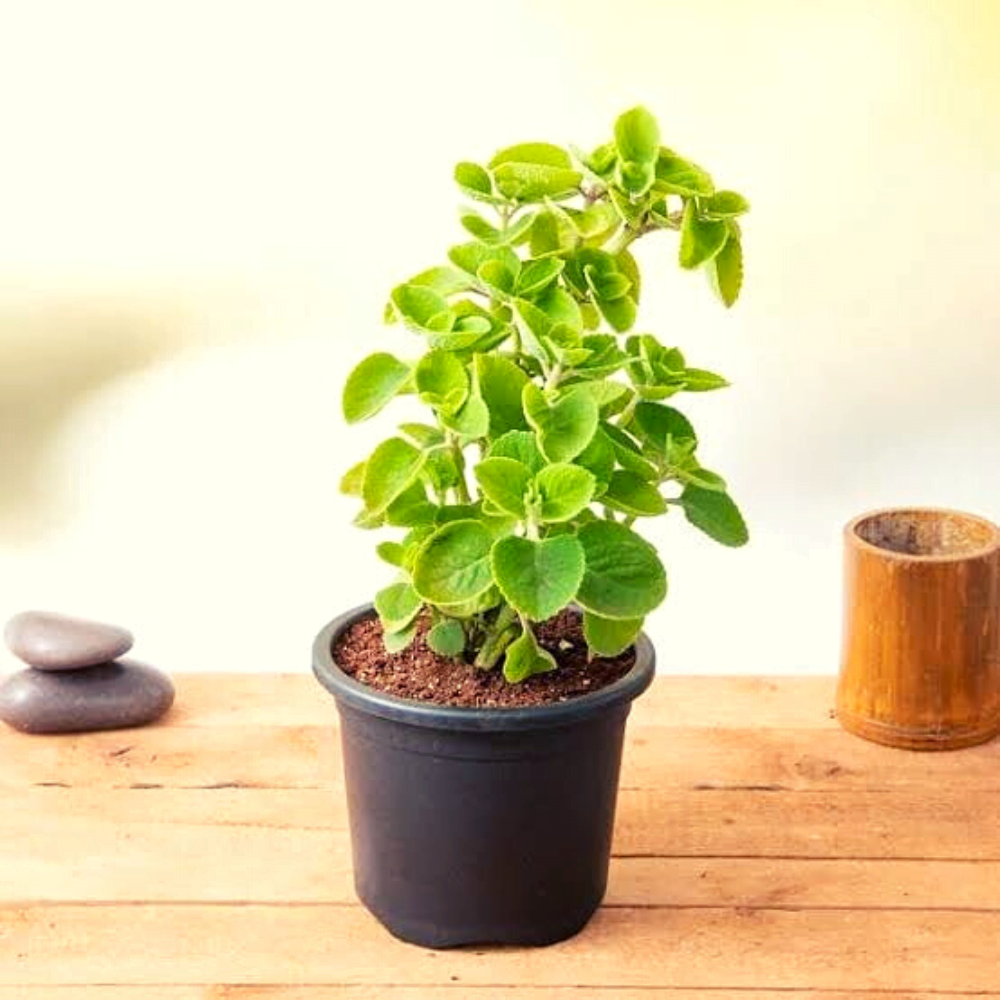
Mint is a fragrant and tasty herb that grows easily in the garden and is very rewarding. Additionally, it thrives well indoors, bringing wintertime joy to mint fans everywhere!
Many people grow mint in their gardens, so it shouldn’t come as a surprise to hear that it does just as well in a container given how tenacious this herb plant is. In truth, growing mint indoors is possible as well as growing it successfully in the yard and pots.
2. Parsley
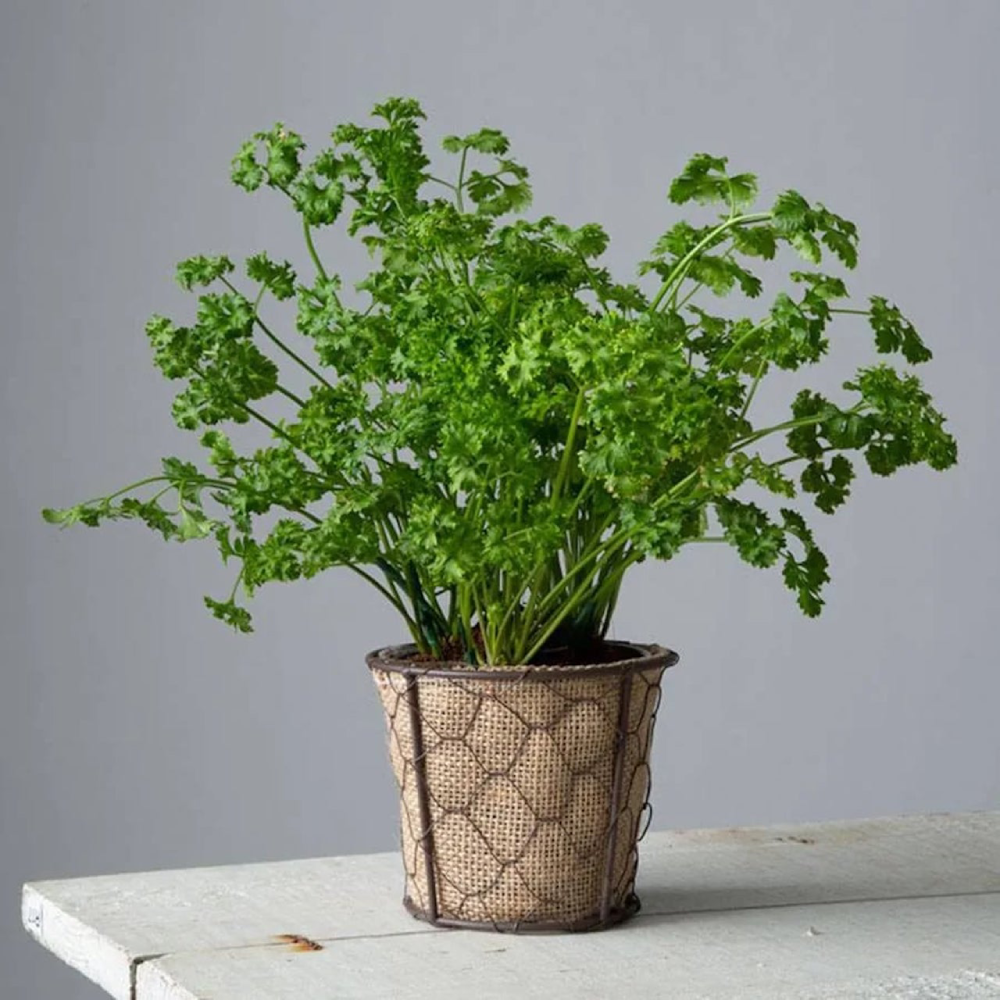
When you produce parsley in your restaurant and use them in the food you serve, it draws guests. Such edible plants at your restaurant are a win-win situation because you can use them in your meals as well.
Given that it grows well in direct sunshine, parsley might be a useful plant for your restaurant’s windows and outside areas. Except for two or three times each week of watering, parsley doesn’t require much maintenance.
3. Basil
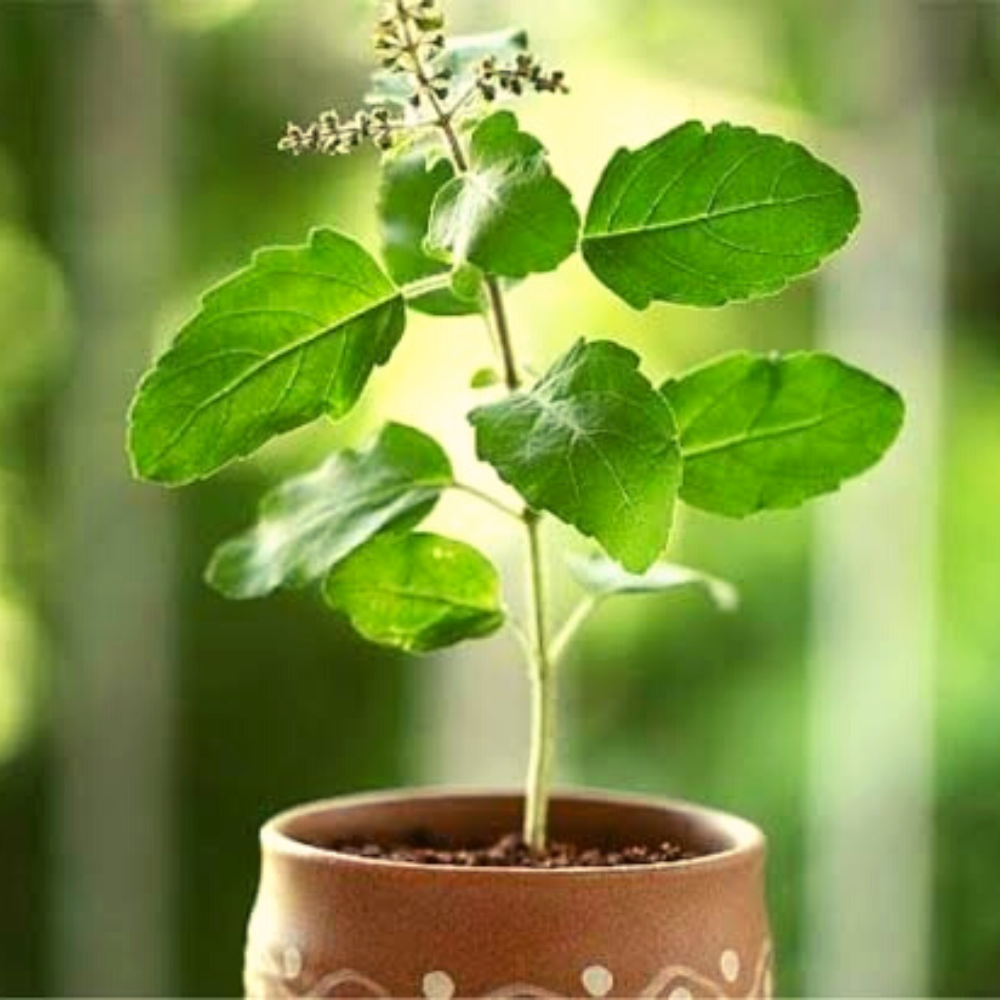
A versatile and necessary herb for many meals is basil. Having access to fresh basil can improve tomato-based recipes, stews, and soups for the home cook. Innovative chefs have used basil to make herbal vinegar salad dressings, fritters from the flower stalks, and even a cool tea by steeping the leaves.
When the growing season is through, these flavors can be missed.
4. Calathea Plant
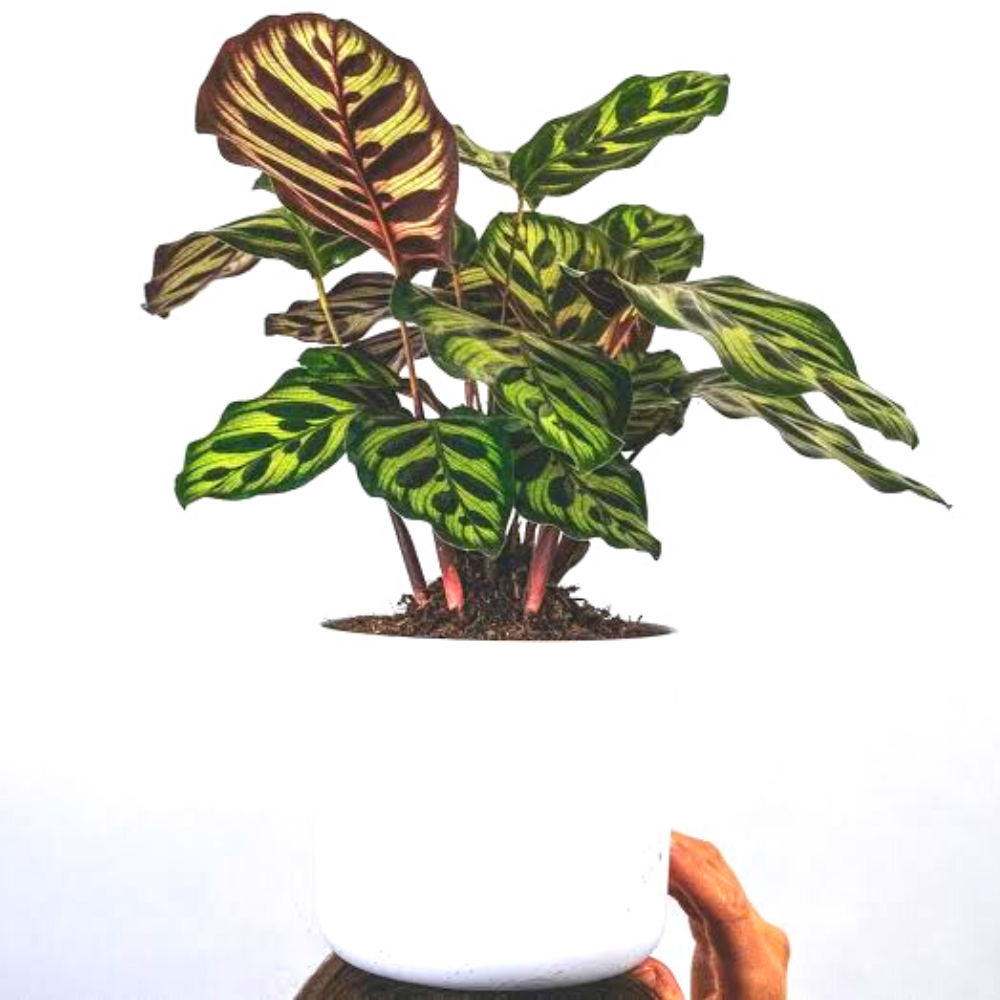
Calathea plants are delicate, leafy, tiny plants that have eye-catching designs on their leaves. Some types even include silver, crimson, and pink tones. Their subtle touches of color can give depth and interest.
Furthermore, they do require not too much maintenance. To keep their intriguing and rich coloration, set them in bright, indirect light. These plants do not require any more care.
5. Spider Plant

These plants are among the must-have plants for your restaurant because they are simple to grow and are quite vivacious. They are perfect to create a wonderful ambiance in your restaurant’s dining room.
The best place for these plants in your restaurant would be indoors because they don’t need much care and attention.
6. String of Pearls
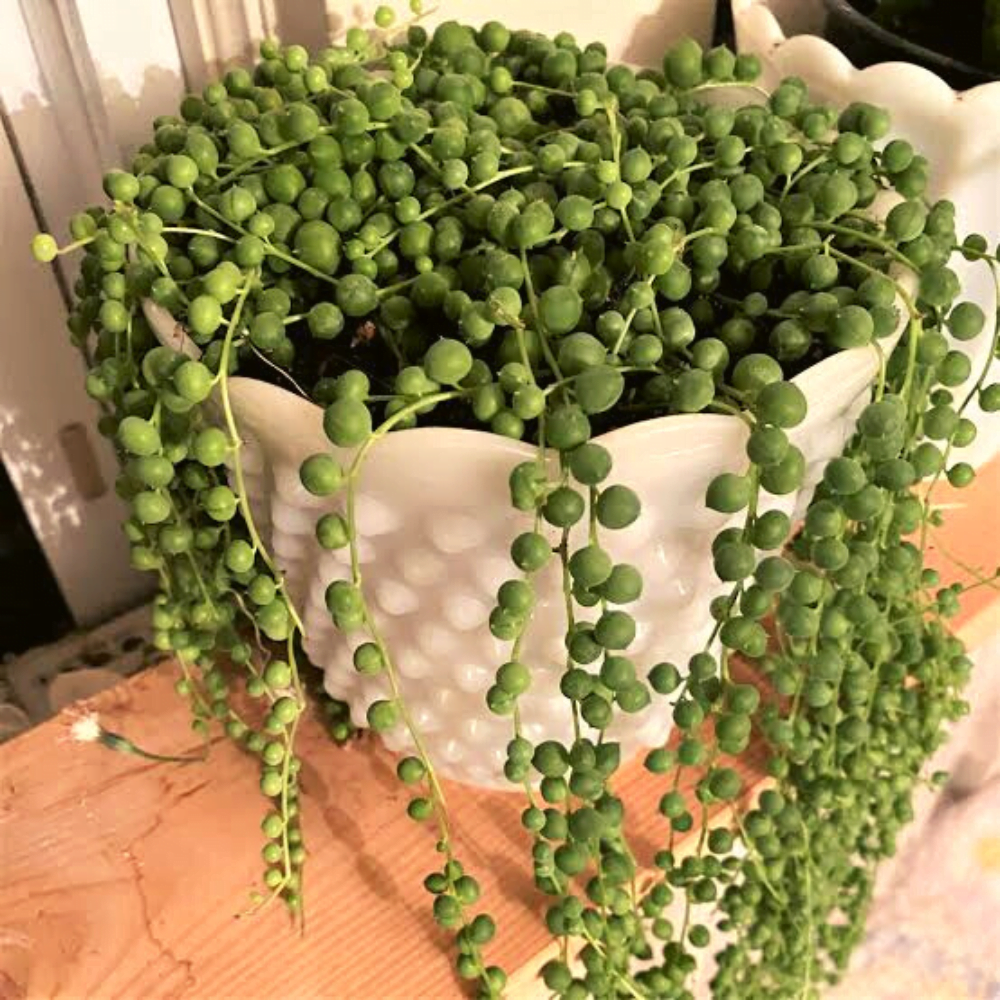
A string of pearl plants has pea-shaped leaves that make them easy to recognize. Just like the string of rubies succulent, the leaves spill gracefully over the sides of planters and hanging baskets.
7. Japanese Maple
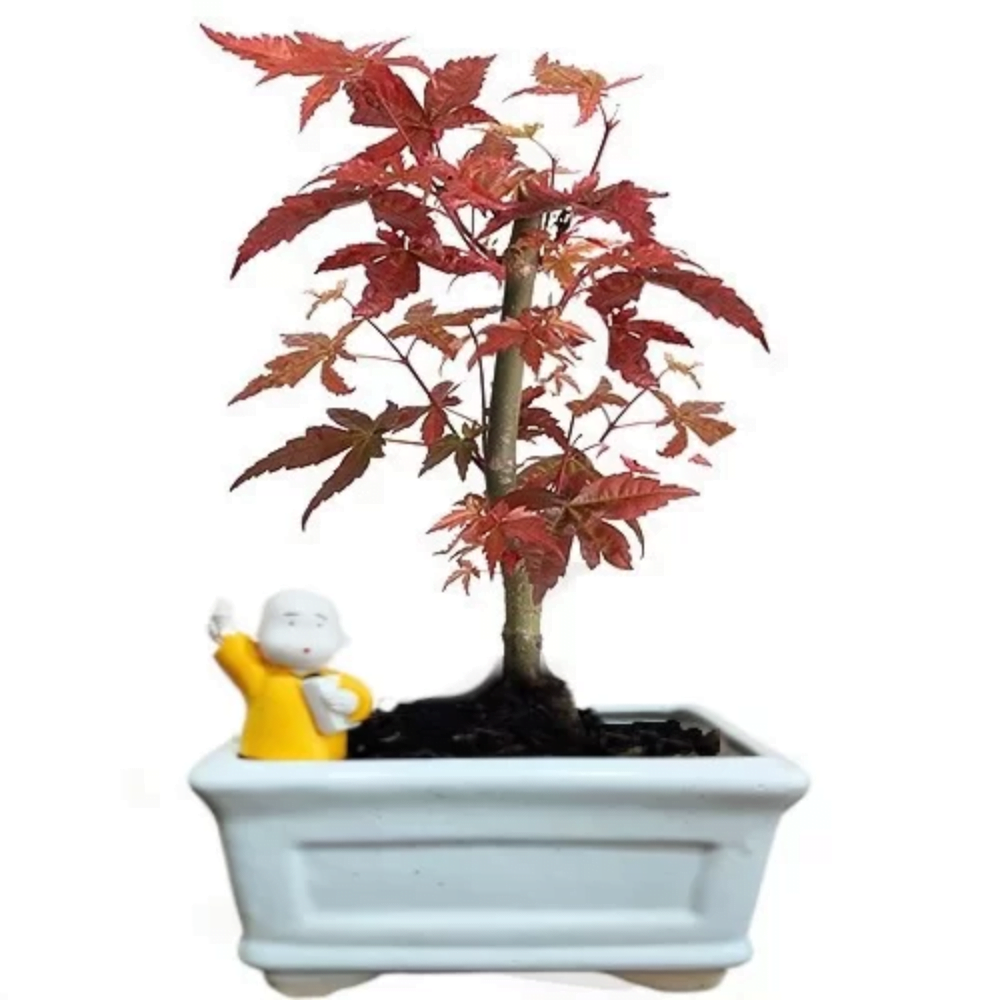
A Japanese maple tree can add to the grace and allure of an autumnal setting. They can be easily grown indoors if their seasonal requirements are met and it receives regular pruning. For indoor bonsais, there are smaller kinds. Growing this tree indoors shouldn’t be too difficult if you have some prior gardening knowledge.
8. Peace Lily

The peace lily plant is so exquisite and lovely that it enhances the aesthetic ambiance of any space where it is planted. This plant is one of the most well-liked restaurant plants thanks to its lovely white flowers and dark green leaves.
This plant doesn’t need a lot of upkeep, and it won’t perish from neglect. These plants are perfect for both indoor and outdoor sections of your restaurant because they thrive in low-light conditions but can also tolerate strong sunlight.
9. Tulips
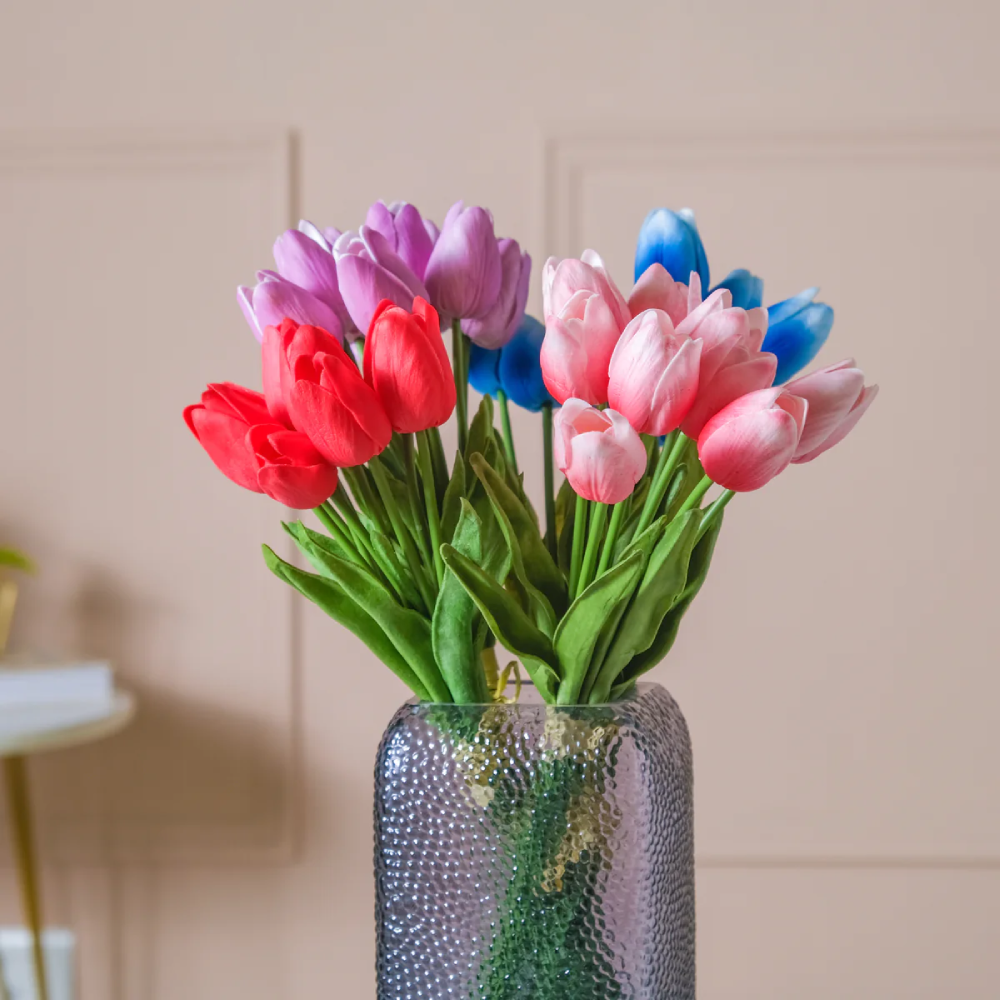
Tulips are a well-known spring flowering bulb, much like daffodils, and they adorn gardens with color well before most other flowering plants have established themselves. Being one of the earliest cultivated plants, they have been bred to produce almost all colors except for pure blue.
10. Begonia

There aren’t many plants that are as beautiful, and visually interesting as begonias. Low maintenance is another reason begonias are so popular. It’s possible for them to bloom all year long in warm climates.
The best herbs plants for restaurants for garnishes and for fragrance
There’s a fair probability that if you own a restaurant in a city you don’t have much area to cultivate your vegetables. It’s a pity, of course, given how popular the farm-to-table movement is right now.
Having a small area designated for cultivating a few fresh herbs can help you get around this, though. The following three consistently offer their greatest work:
1. Mint

While mint may not be a main component in most recipes for meals, the fresh leaves make a stunning dessert garnish and flavor drinks like water, tea, and cocktails.
As long as the pot has adequate drainage, it’s one of the simpler plants for restaurants to grow. It should be placed somewhere bright, but out of direct sunlight.
Moreover, the temperature should not fall below 55 degrees or increase above 70 degrees. Only water when the topsoil seems dry, and spray often in between waterings.
2. Parsley

In contrast to mint, parsley loves direct sunlight! Place this indoor restaurant plant in a south-facing window with six to eight hours of light per day.
You can trim the top leaves off a plant so that it looks impromptu and keeps it robust and healthy.
It’s better to start parsley from seeds sown directly in the container. As parsley has a long tap root that doesn’t transplant well indoors. Add a few seeds to the soil, then add another 1/4 inch (6 mm) of dirt to cover them.
If you keep the soil moist to the touch but not soggy, you’ll see seedlings in about three weeks. You’ll need to trim out seedlings if you acquire too many. Use scissors to trim the extra or pinch it out between your thumb and fingernail.
3. Basil
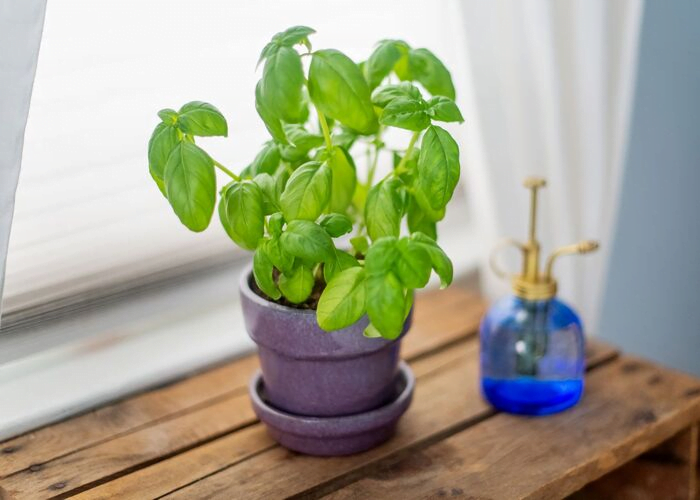
Fresh Handmade Basil Pesto – in four words. That kind of stuff can differentiate your restaurant from the competition. Additionally, it adds a nice flavor to a gin and tonic!
Fortunately, basil is a fairly tolerant plant that thrives both indoors and outdoors. Keep the soil moist, as you would with most other herbs. However, be careful not to overwater since this might lead to root rot.
To receive the most sunshine possible for at least six hours each day, place your basil plant next to your parsley.
For these indoor restaurant plants, fluorescent illumination can be used in place of a south-facing window to promote their health and growth.
The mentioned Herbs are great for restaurants. You can use them in restaurants to make your meals more delicious and fresh. However, if you want to make your restaurants more aesthetically pleasing, let’s check out some amazing decorative plants.
Aesthetically pleasing plants for restaurants
4. Calathea Plant
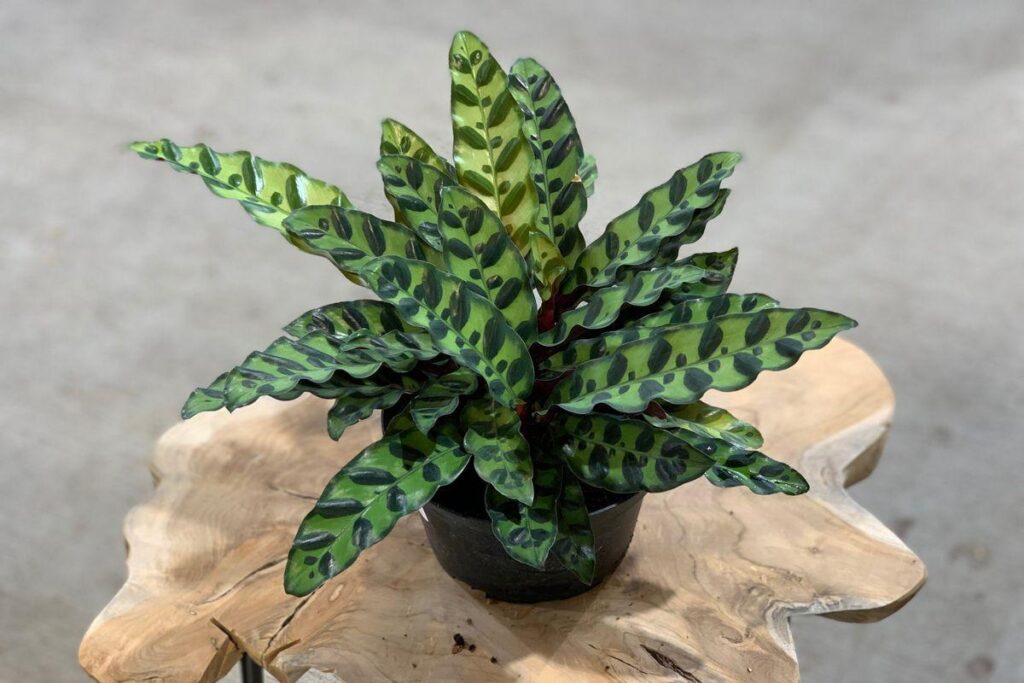
Green leaves make these plants for restaurants look incredible and add a striking element to any green wall. Their leaves have a subtle hint of color that adds depth and intrigue, and they’re pretty easy to care for.
For these leafy plants, bright, indirect light is ideal. They develop on the forest floor where they receive their natural light from the treetops. However, they get damaged by the sun.
Be careful not to overwater calathea because they prefer moisture but not wetness.
5. Spider Plant

Incredibly simple to grow, Spider plants are vivacious indoor specimens. sometimes called hen-and-chickens because they produce trailing smaller copies of themselves after flowering.
There isn’t a better indoor restaurant plant to start experimenting with if you want to try your hand at propagation. Simply cut off the “baby spiders” or “chickens” and put them in a pot with dirt. Soon, they will grow roots without any difficulty.
They prefer strong light but could become burned if left in the sun. However, they are rather laid-back and will thrive in some shade.
Spider plants need to be watered frequently because they are thirsty tiny creatures. However, I advise reducing them significantly during the winter and ensuring sure they aren’t exposed to any chilly draughts wherever you position them.
6. String of Pearls
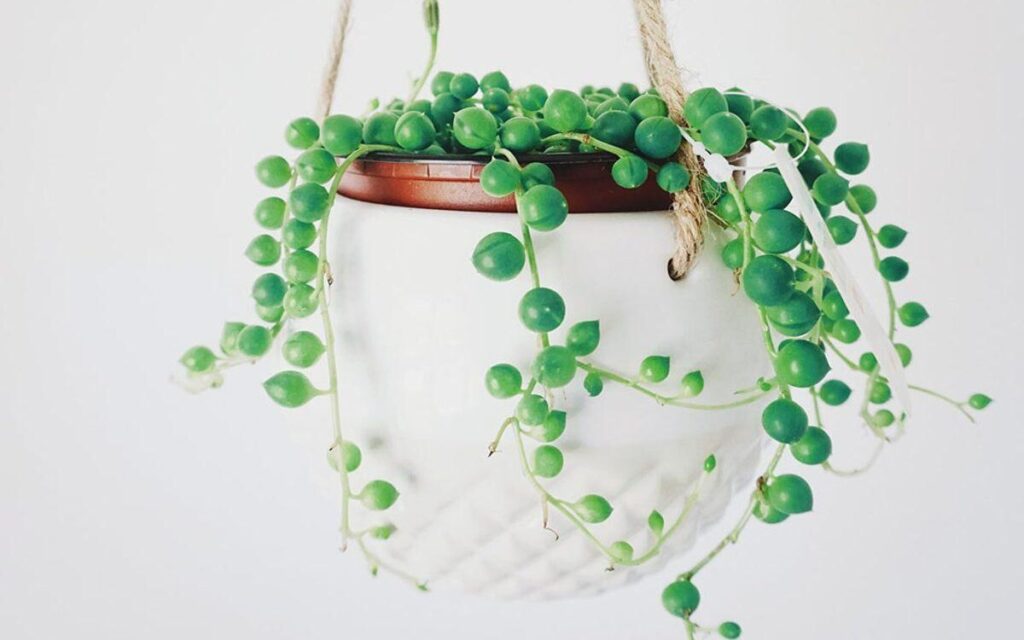
These trailing succulents resemble pearls (or perhaps peas, depending on how you look at it) strung on a fine thread, as their name implies. They acquire a gorgeous vivid green color when they’re healthy. To a green wall, they give it an intriguing texture.
They appreciate bright light, just like the other plants stated above, and occasionally even benefit from a few direct rays.
Keep in mind that because these plants are succulents, they shouldn’t receive excessive amounts of moisture. Allow dry periods between waterings as they can’t handle heavy, moist soil. Never mist them either; they are content with the occasional sprinkle of moisture you give them.
7. Japanese Maple
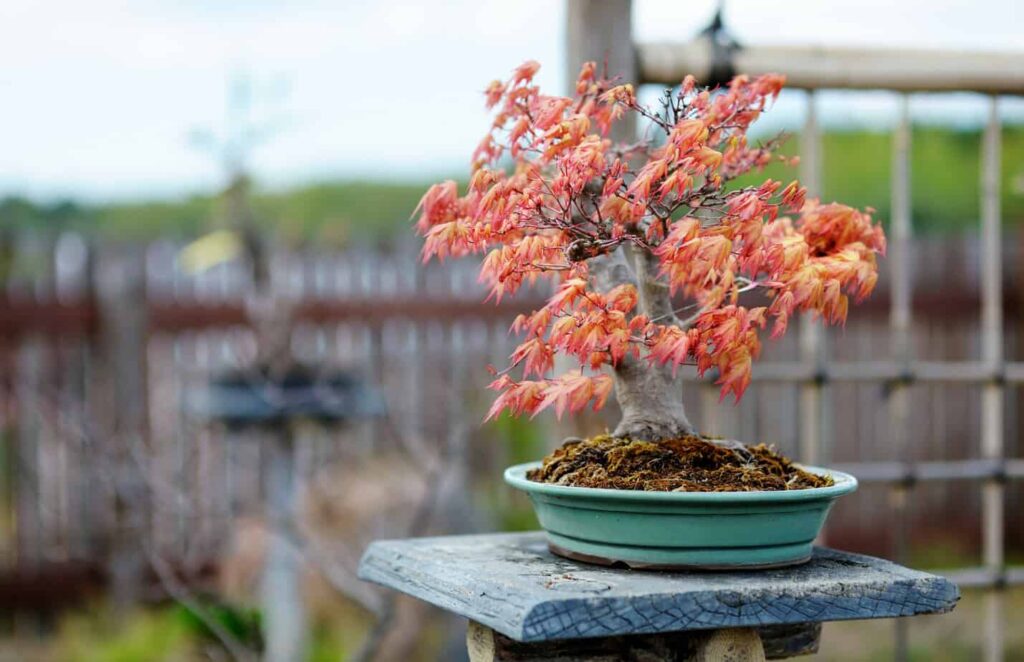
Japanese maple trees can serve as an eye-catching centerpiece for your patio design. They are ideal accent plants for a large pot. Moreover, they can develop into spectacular bonsai specimens.
There are numerous types of Japanese maple available for your selection. They come in a wide range of sizes and have a wide variety of leaf shapes and hues, ranging from varied green tints to orange, red, purple, and variegated.
The majority of Japanese maples grow at a 1 to 2 foot per year slow to moderate rate. Normally, they grow most quickly when they are young and less rapidly as they get older. They enjoy strong light and do well in direct sunlight.
8. Peace Lily
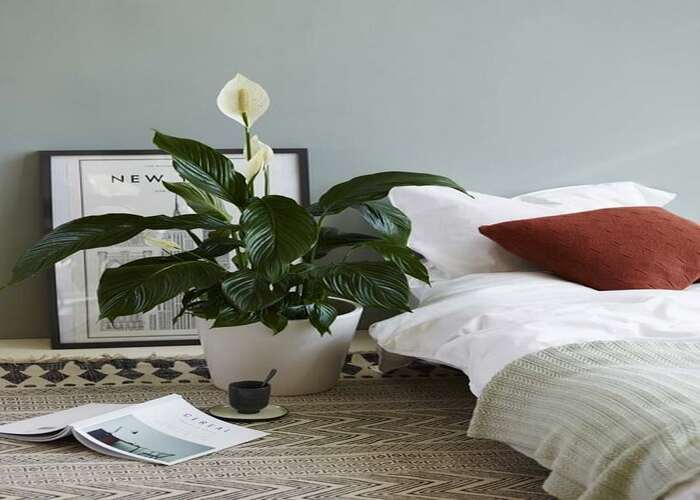
With their dark green foliage and white blossoms, peace lilies instantly give any area a lush look. Their dark green foliage and white blooms instantly add a rich look to any place. Plus, they’re one of the most carefree plants you’ll find indoors.
While peace lilies can tolerate low light levels, bright, indirect light is best if you want them to grow and bloom.
Be careful not to overwater when it comes to gardening. Keep an eye on the soil and only water when the previous watering left it damp.
9. Tulip Plant

With tulips, you can’t go wrong! They come in a variety of sizes, hues, and textures.
Planting these jewel-like flowers in the fall will enable them to brighten your restaurants in the early spring. For instance, they give a green wall a unique texture.
Also, tulips are associated with flawless and intense love. They are a traditional flower that has been associated with love for generations due to their widespread popularity. So what could be better than serving a romantic supper next to these lovely plants?
Tulips of every variety favor direct sunlight. But keep in mind that in the early spring when tulips are actively growing, regions beneath deciduous trees that are shaded in the summer are primarily exposed to sunlight.
After planting the bulbs, give them a good drink of water right away. Never water your tulips if your area experiences rain once every two weeks or so. It is advised to hydrate desert areas every two weeks.
Cool to chilly winters and dry, warm summers are ideal for tulip growth. They must be planted as annuals from providers who prechill the bulbs because they need 12 to 14 weeks of temperatures below 55 degrees Fahrenheit for them to bloom. This means that in areas with mild winter temperatures.
10. Begonia
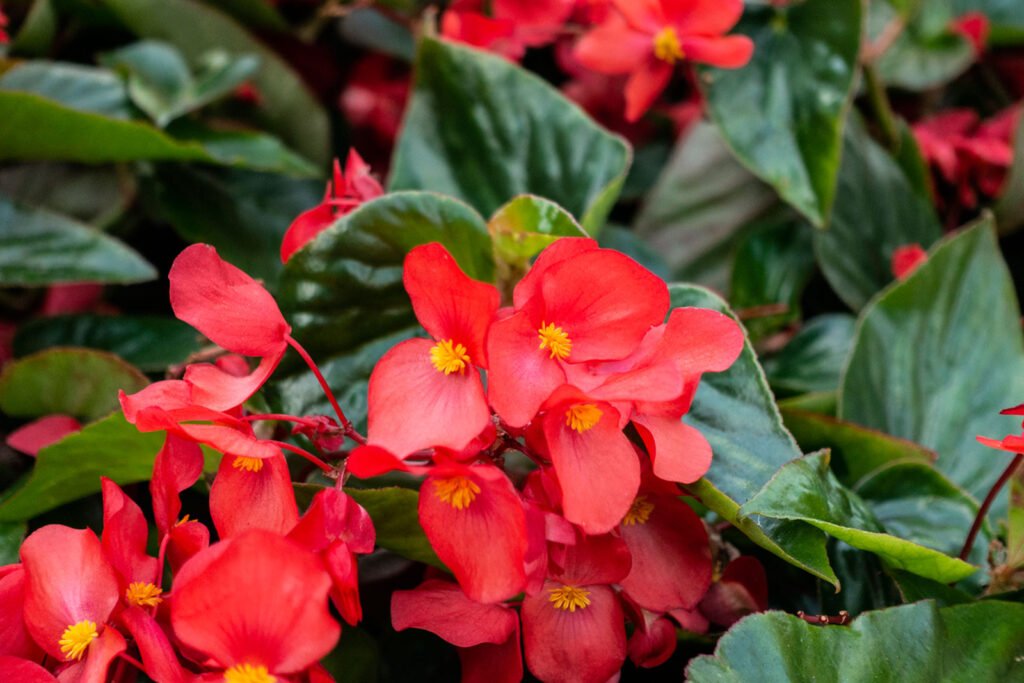
Why have begonias been around for so long? This simple annual grows well in a variety of environments and requires little care to flourish.
Given their wide variety of forms, dimensions, and hues, begonias are more than capable of stealing the show on any restaurant patio.
They can grow in low-light environments, thus bright light is not necessary. Moreover, they will provide you with lovely flowers and foliage if you provide them with rich, well-drained soil, sufficient water, and plenty of fertilizer.
FAQs:
What are the things to consider when choosing plants for a restaurant?
1. Use plants that compliment your space:
Just like all additional details in your restaurant, plants should also play a vital part, along with other decorations, to create a beautiful setup. While some plants suit contemporary patios, some work nicely with a classic look, such as plants that have heavy blooms or leaves with round shapes.
2. You can incorporate the feeling of coziness and privacy through plants:
Well-situated planters can help screen diners from other guests, offering them privacy and ease. Frames with vines and hanging plants also create fine screens. If your restaurant patio currently feels dry and unwelcoming, bright planters full of flowers can change the look overnight.
3. Add lights with the plants to brighten up the place:
Plants and lights work best together as a decorative piece. If you like to get complete benefit of the looks of your plants, highlight their colors or uniqueness with different lights in different directions. Plants positioned in a room warmed up by soft shaded lights or in a shady corner with spotlights, the setup can be astonishing.
Another way to mix plants with lights, such as one-string lights. When it comes to having a pleasant meal, including a lush exhibition of well-lit plants will immediately boost the aesthetic worth of your restaurant and well-placed light will make that stage.
4. Experiment with planters for a tidy display:
Outdoor planters and pots are the ideal way to immediately light up your garden. With outdoor pots, you can improve your landscape and design a captivating garden exhibition. Garden pots or planters are available in a wide types of combinations and shapes, colors, and materials so it’s effortless to construct a dazzling display of shrubs and flowering plants with extremely low maintenance involved.
Do plants draw more customers?
Customers need an alluring and positive environment to dodge the daily scenery of their own houses. Plants can be a comfortable and easy solution to that situation. People don’t only go to cafes or diners for the food, they go there for the atmosphere as well. That is why providing customers with an inviting surroundings is essential to bringing them back. Apart from an attractive indoor area, a lovely garden where they enjoy meals is also perfect for a date. Plants are also natural air cleaners, which offers customers a feeling of relief knowing that a diner with many plants has more hygienic air. Plants consume toxins and take in carbon dioxide from the air to deliver oxygen, enhancing the air quality.
Conclusion
Indoor plants for restaurants can help enrich the overall environment of a restaurant. Planting any of these plants in your restaurants can help enhance the decor and give it a much more welcoming look.
However, basil and parsley are the top herb plants. As for decorative elements, peace lilies, tulips, and pearl strings are great.
Get all the benefits of these amazing restaurant plants by planting them. All of these plants are low maintenance, so you won’t have to spend much time taking care of them.
Let me know in the comments below if you have any more questions regarding plants for restaurants. I would love to answer them.
I hope this article was insightful for you. Please share it with your friends and family.
Related Articles
- 15 Best Plants for Front Door Entrance India | Auspicious plants for front door
- 10+ Money plant Benefits That Will Make you Keep It In Your House
- Are Spider Plants Toxic to Cats?- 4 Ways To Prevent Your Cats From Eating Spider Plants.
- Best Plants for the House – 8 Top Apartment Plants That You Can’t Miss
- How to Braid Your Snake Plant: Tips and Care Guide
- 20+ Rare and Unusual Peace Lily Varieties You’ll Love



